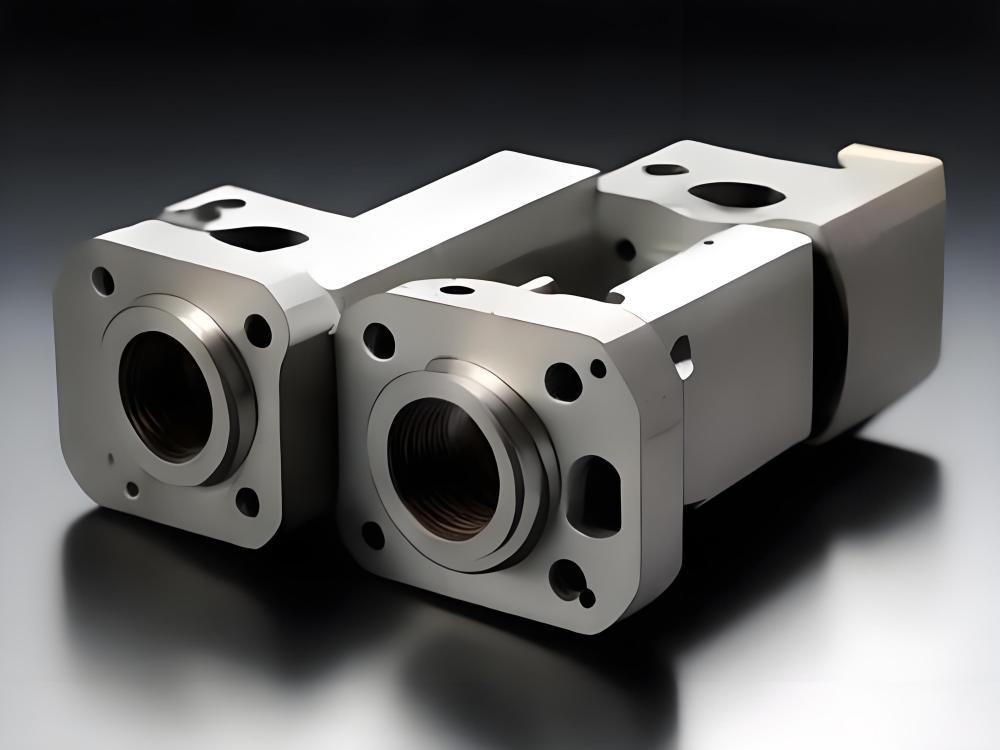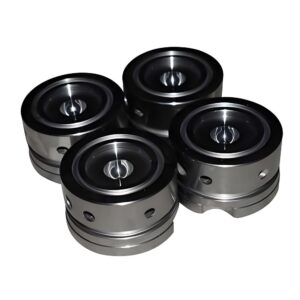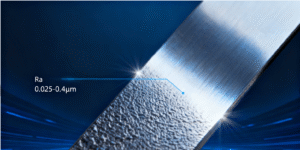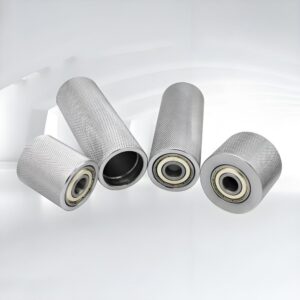Stainless steel is known for its corrosion resistance and durability, making it a top choice in industries ranging from medical devices and food processing to aerospace and construction. However, even stainless steel isn’t immune to corrosion when exposed to contaminants or harsh environments. That’s why passivation is a crucial step to enhance its longevity and maintain its clean, smooth surface.
Passivation of stainless steel involves a chemical treatment that removes free iron and other impurities from the surface, allowing the formation of a robust chromium oxide layer. This protective layer dramatically improves corrosion resistance, ensures compliance with industry standards, and reduces maintenance over time.
In this guide, we’ll explore how passivation works, the benefits it provides, the various methods used, and best practices for achieving maximum effectiveness.
What Is Stainless Steel Passivation?
Passivation is a chemical surface treatment that improves the natural corrosion resistance of stainless steel. Unlike coatings, plating, or paint, passivation doesn’t add a material layer. Instead, it enhances the steel’s own protective layer, making it more resistant to rust, staining, and pitting.
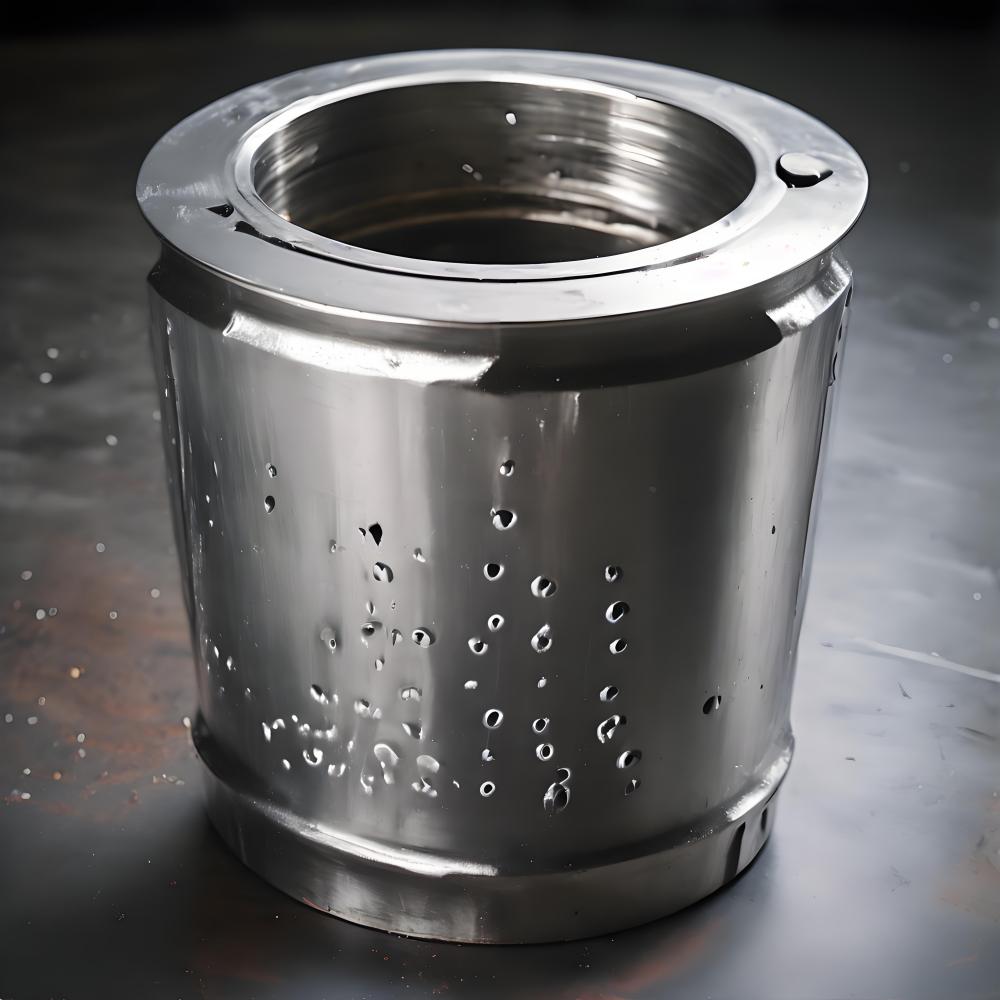
The process primarily removes free iron and other contaminants from the surface, which can otherwise promote localized corrosion. Once cleaned, stainless steel naturally forms a thin, uniform chromium oxide layer. This “passive layer” acts as a shield against oxygen and moisture, ensuring long-lasting performance even in challenging environments
Why Stainless Steel Needs Passivation
While stainless steel contains chromium and other elements that provide natural corrosion resistance, surface contamination and environmental factors can compromise its protection. Free iron, welding residues, and microscopic particles can trigger corrosion if left untreated.
Passivation is essential to:
- Remove surface iron and metallic contaminants
- Strengthen the natural chromium oxide layer
- Ensure compliance with standards like ASTM A967, AMS 2700, and ISO 8501
- Improve aesthetic appearance, hygiene, and long-term durability
Industries with strict hygiene or performance requirements—such as food processing, pharmaceuticals, and medical equipment—rely heavily on proper passivation to prevent rust, staining, and contamination.
Common Methods of Stainless Steel Passivation
Several chemical treatments are used to passivate stainless steel, each with unique advantages:
- Nitric Acid Passivation
Nitric acid is the traditional choice, especially for 304 and 316 stainless steel. It removes free iron and promotes a uniform, protective oxide layer. While highly effective, nitric acid requires careful handling due to its strong oxidizing nature.
- Citric Acid Passivation
Citric acid is a safer, more environmentally friendly alternative. It is ideal for applications where chemical residues must be minimized, such as food processing or medical instruments, while still providing excellent corrosion resistance.
- Other Chemical Treatments
In some cases, phosphoric acid or combined chemical methods are used. The choice depends on the stainless steel grade, surface condition, and intended application. Proper chemical selection ensures optimal performance and prevents damage.
Step-by-Step Passivation Process
Achieving consistent, reliable results requires following a clear passivation process:
- Surface Cleaning and Degreasing: Remove oils, grease, dirt, and scale. Any residue can interfere with the passive layer formation.
- Acid Treatment: Immerse or spray the steel with the selected acid solution for the correct duration. Over-etching or under-etching can reduce effectiveness.
- Rinsing: Thoroughly rinse the surface with clean water to remove all chemical residues.
- Drying: Proper drying prevents water spots and ensures the passive layer forms uniformly.
- Inspection and Testing: Conduct visual inspections or tests like salt spray (ASTM B117) or electrochemical analysis to verify corrosion resistance.
Following this structured approach ensures the stainless steel surface develops a uniform, durable passive layer.
Benefits of Stainless Steel Passivation
Passivation provides several key advantages that are crucial for industrial, medical, and architectural applications:
- Improved Corrosion Resistance: Reduces rust, pitting, and staining.
- Extended Lifespan: Components last longer, even in aggressive environments.
- Lower Maintenance Costs: Less frequent cleaning, repair, or replacement required.
- Enhanced Cleanliness: Ideal for sanitary applications in food, pharmaceutical, and medical industries.
- Compliance with Industry Standards: Ensures reliability and regulatory adherence.
Properly passivated stainless steel not only performs better but also maintains its aesthetic appeal over time.
Common Passivation Mistakes
Even experienced technicians can make errors that compromise results:
- Incomplete Cleaning: Residual oil or scale prevents effective passivation.
- Incorrect Acid Selection: Using the wrong chemical for the steel grade can damage the surface.
- Over- or Under-Etching: Alters corrosion resistance.
- Improper Rinsing/Drying: Residual chemicals can leave stains or uneven passive layers.
Avoiding these mistakes is critical to achieving optimal corrosion resistance and extending component life.
Industry Applications of Passivated Stainless Steel
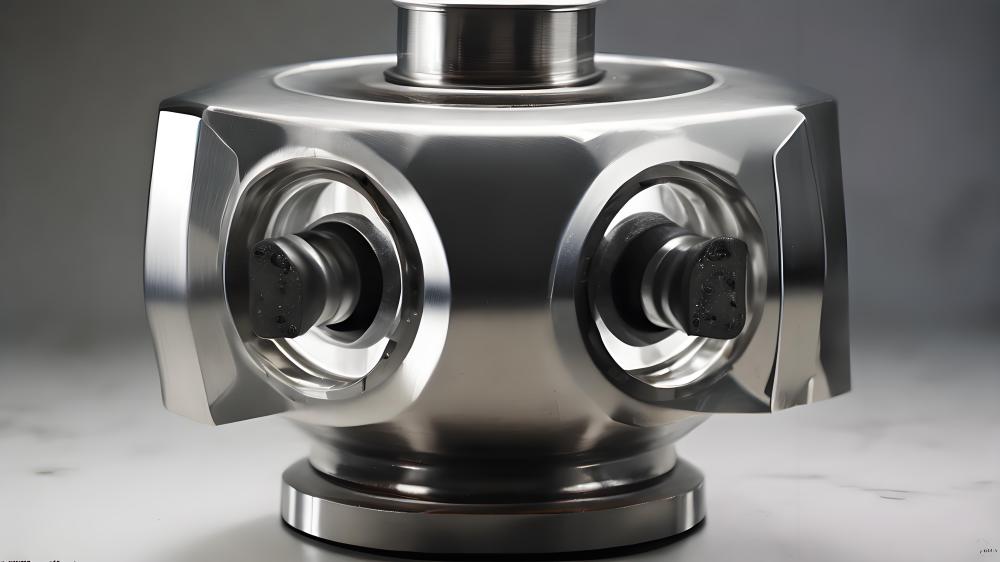
Passivation is essential wherever stainless steel is exposed to hygienic, corrosive, or outdoor conditions:
- Food and Beverage: Prevents contamination and maintains hygienic surfaces on equipment and storage tanks.
- Medical Instruments: Ensures long-term reliability and sterilization compatibility.
- Chemical Processing: Protects equipment from aggressive acids, bases, and chemical mixtures.
- Construction: Enhances durability and aesthetics of architectural stainless steel exposed to the elements.
By using passivated stainless steel, industries achieve longer-lasting components and meet rigorous regulatory standards.
Testing and Verification
After passivation, verifying corrosion resistance is essential:
- Visual Inspection: Look for uniformity and absence of discoloration.
- Salt Spray Testing (ASTM B117): Simulates harsh environmental exposure.
- Electrochemical Testing: Measures passive layer thickness and stability.
- Standards Compliance: Ensures adherence to ASTM, AMS, or ISO standards for industrial, medical, or food applications.
Effective testing ensures the passivation process meets both quality and safety requirements.
Future Trends in Stainless Steel Passivation
The industry is adopting innovations to improve safety, efficiency, and environmental impact:
- Eco-Friendly Chemicals: Citric acid and other less hazardous acids are replacing nitric acid in many applications.
- Automation: Integration into automated manufacturing lines ensures consistent, repeatable results.
- Nano-Coatings: Combined with passivation, advanced coatings provide superior corrosion resistance.
- Sustainable Practices: Reduced chemical use and better waste management support environmental goals.
These trends make stainless steel more durable, safe, and environmentally responsible
How Precionn Enhances Stainless Steel Performance
At Precionn, we provide expert stainless steel passivation services tailored to industrial, medical, and sanitary applications. Our team ensures that each component receives precise chemical treatment, thorough inspection, and quality verification.
Whether it’s medical instruments, food processing equipment, chemical tanks, or architectural stainless steel, Precionn helps clients:
- Extend component lifespan
- Minimize maintenance and cleaning requirements
- Achieve strict compliance with ASTM, AMS, and ISO standards
- Maintain high-quality, corrosion-resistant surfaces for critical applications
By combining industry expertise with modern passivation techniques, Precionn delivers reliable, efficient, and eco-friendly solutions for all your stainless steel needs.

